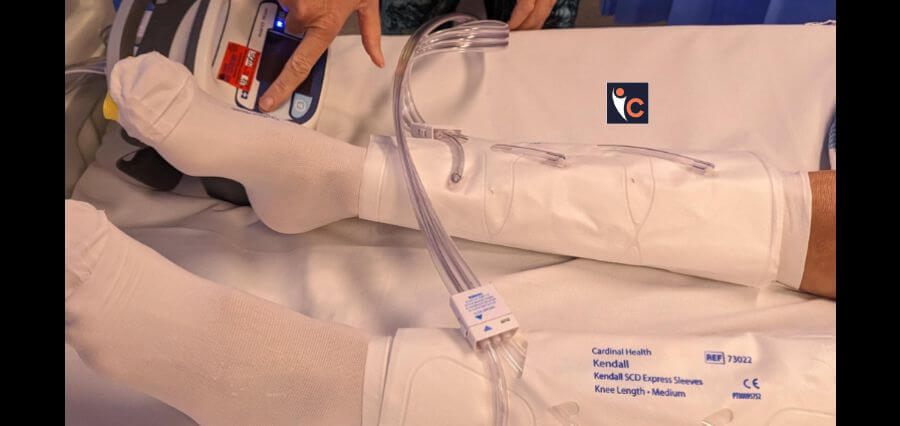Reduce Risk of Blood Clots
According to the reports, Johns Hopkins University School of Medicine has got successful results after various experiments to find a way to safely get rid of potentially lethal blood clots in the brain without making major cuts through easily damaged brain tissue or removing any large piece of skull.
The experiment was done on the patients having intracerebral hemorrhage (ICH). Medical professionals define ICH as a bleed caused by uncontrolled high blood pressure causing blood to form clots. They explain that the clots build up pressure and ticks inflammatory chemicals which might cause irreversible brain damage, which sometimes lead the patients to death or high levels of disability.
During the experiments, surgeons performed the minimally invasive procedure by piercing a dime-sized hole in each patient’s skull which is close to the clot area. They used CT scan to guide themselves through the patient’s brain. The professor of neurology at the Johns Hopkins University School of Medicine Daniel F. Hanley said that a major advantage of this procedure is that the minimally invasive surgery busts the clot without causing the potentially injurious side effects associated with the craniotomy.
The professor and other experts’ views suggested that the minimally invasive approach was found to be as safe as general supportive therapy and can involve intense blood pressure control, artificial ventilation, drugs to regulate swelling and observant watching for the dissolution of the clot on its own.
The research was supported by the National Institute of Neurological Disease and Stroke. Lastly, the study was carried forward by the neurologists and doctors throughout the United States, Canada, and Europe. Hanley mentioned that it is a bonus point that the patients do not require specialized equipment to undergo the procedure. The professor said, “more extensive surgery probably helps get rid of the clot, but injures the brain.” He added, “This ‘minimalist approach’ probably does just as much to clear the blood clots while apparently protecting the brain.”
Read More News: Click Here















